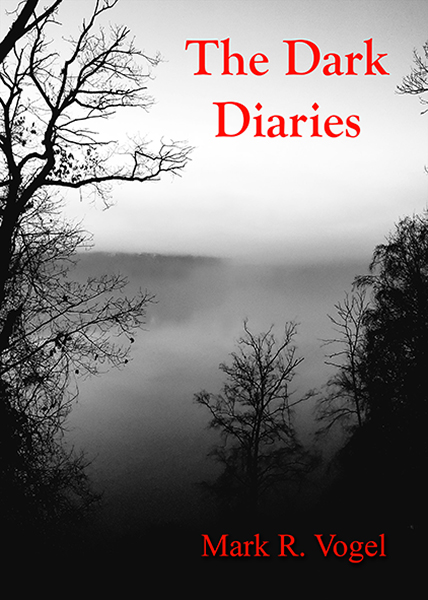Shinya Tsukamoto created the legendary Tetsuo: The Iron Man. Many critics cited Eraserhead by comparison on two counts: the absurdist theme atop the black and white photography. However, I would add Darren Aronofsky’s Pi to the mix to give the reader a better sense of the clean, crisp cinematography by Kei Fujiwara and the director. Now, this is the part of the review which gets tricky. The best I can describe what Tetsuo is about is to evoke J. G. Ballard’s critique of modern society with Cronenberg’s presentation of William Burroughs’s Interzone amid the atmosphere of Ridley Scott’s Bladerunner. Tetsuo, to put it simply, is the penultimate dream (or nightmare) of the horror cyberpunk movement (if there is a conglomeration of the two at this time).
The main metaphor in Tetsuo is modern man’s integration of technology and machinery to the degree that is dominates his life. That, my friends, is putting it nicely in regard to what Tsukamoto does on screen. The film opens with a metal fetishist (Shinya Tsukamoto), who is obsessed with Carl Lewis. Knowing he will never get close to the speed of his hero, he inserts a piece of metal into his thigh. He then runs, apparently trying out his new digs, and is hit by a car driven by, as the credits describe, “Man” (Tomorowo Taguchi). Man then awakens the next morning to find a metal whisker growing out of his left cheek. He goes off to work to discover that others have begun their metallurgic transformation as well. Man is chased by Woman (Kei Fujiwara) in the subway, much to his horror, only to become what he feared in his urban predator. His girlfriend (Renji Ishibashi) attempts to accept him for what he’s become, though from what is given onscreen, when enraged, his metamorphosis begins to accelerate. He inadvertently kills her. As Man becomes more machine than man, he is met by the metal fetishist and they battle only to become conjoined. Then there’s the implication of their dystopian agreement by the film’s close.
Aside from the cinematography, I will state that I admire two other aspects of the work: the art direction, done by the director, and the soundtrack. Beginning with the latter, I kept thinking through what the repeated theme reminded me of and was just now able to recall: Nine Inch Nails’s “A Warm Place” as mixed by Richard James, a.k.a. Aphex Twin, retitled “At the Heart of It All.” The art direction is ingenious in that Tsukamoto got around the nightmare of presenting a clichéd, realistic picture of man whose become a cyborg, à la Terminator. Instead, he opted to add to the terror of Man’s predicament in having the wires, circuits, etc. pile on top of one another into a haggard mess. The viewer feels stiff and on the verge of atrophy while watching his gradual transmutation.
Did I like Tetsuo? It was fascinating in the sense that the climax of Max Cohen’s character was fascinating at the end of Pi. I wasn’t bored at any point but felt that Tsukamoto could have explored the implications of Man’s predicament in greater detail than he did. I found myself more entertained by the soundtrack, photography, and the art direction than with the characters or plot during most of the movie. With that, I’d say watch it once to know what someone means when they refer to the film and after that you’ll be fine.
-Egregious Gurnow
- Interview with J.R. Bookwalter - January 22, 2015
- Interview with Andrew J. Rausch - January 22, 2015
- Interview with Rick Popko and Dan West - January 22, 2015
- Interview with Director Stevan Mena (Malevolence) - January 22, 2015
- Interview with Screenwriter Jeffery Reddick (Day of the Dead 2007) - January 22, 2015
- Teleconference interview with Mick Garris (Masters of Horror) - January 22, 2015
- A Day at the Morgue with Corri English (Unrest) - January 22, 2015
- Interview with Writer/Director Nacho Cerda (The Abandoned, Aftermath) - January 22, 2015
- Interview with Actress Thora Birch (Dark Corners, The Hole, American Beauty) - January 22, 2015
- Interview with Actor Jason Behr, Plus Skinwalkers Press Coverage - January 22, 2015


